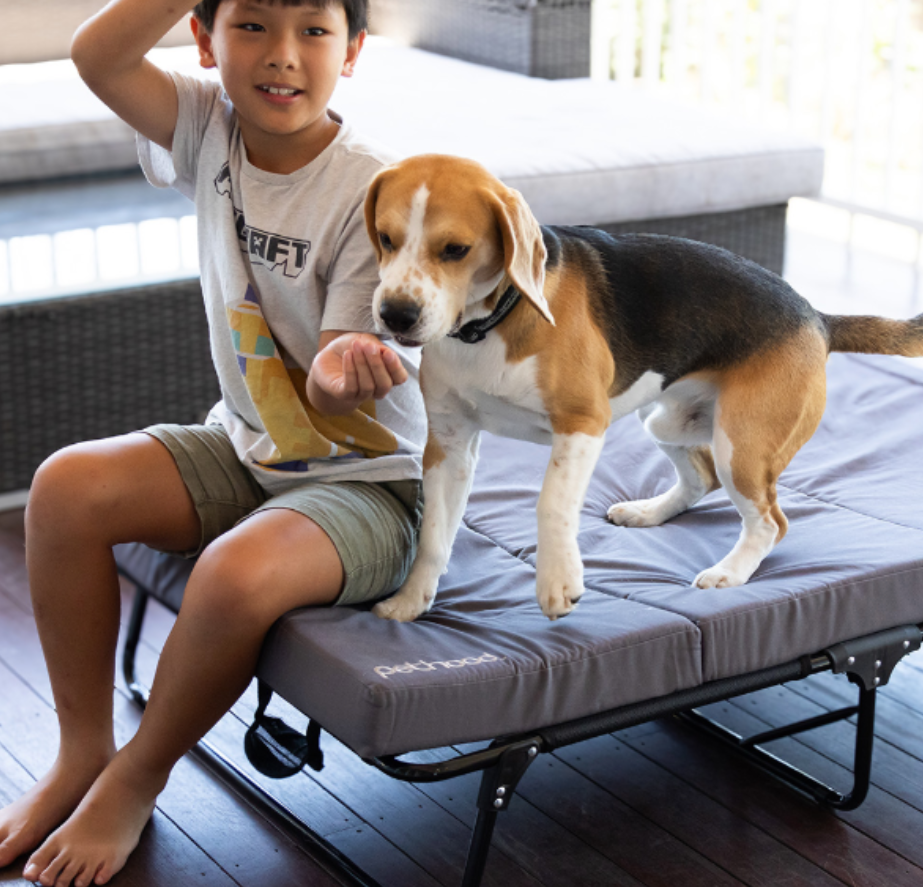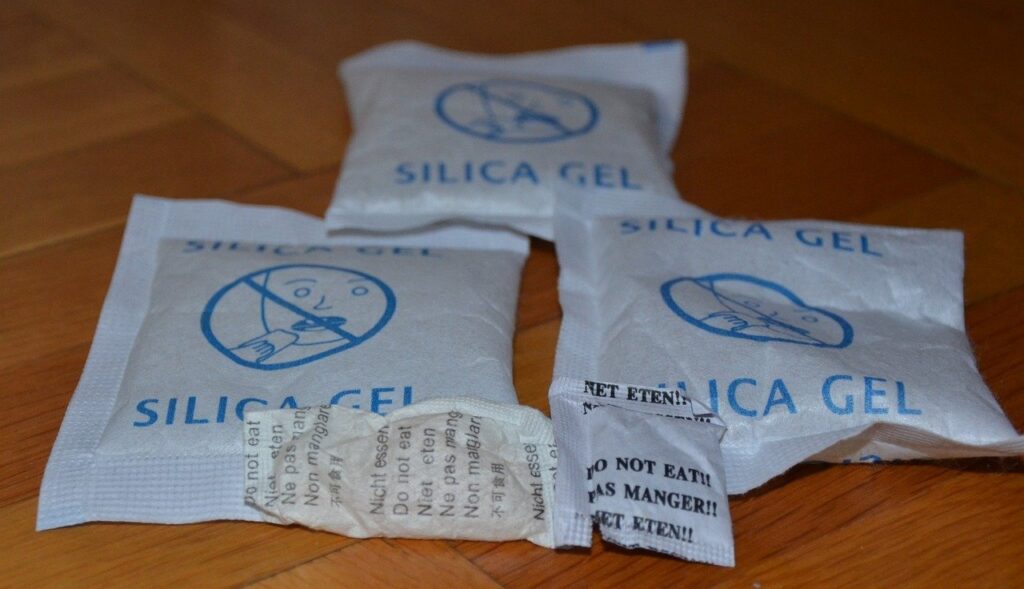Welcoming a Puppy Home
Bringing a new puppy into your home is an exciting and joyful experience. Puppies add energy, warmth, and companionship to your daily life. However, this excitement also comes with the responsibility of proper preparation. A well-prepared home makes the transition smoother for both the puppy and the owner. One essential part of that preparation is choosing the right starter kit.
The Purpose of a Puppy Starter Kit
A puppy starter kit provides everything a new dog owner needs. It includes basic supplies like food bowls, toys, grooming tools, and training items. These kits are designed to simplify the initial setup process. They offer a convenient, often cost-effective solution for new pet parents. However, not all starter kits are created equal.
The Bed: More Than Just a Place to Sleep
One commonly overlooked but vital part of a puppy starter kit is a proper dog bed. Many assume any soft surface will suffice. But a well-made bed offers more than comfort—it offers security, structure, and support. Just like humans, dogs benefit from quality sleep in a designated space. A good bed helps shape healthy routines and behaviors early on.
Comfort Enhances Sleep
Puppies need to rest and a lot of sleep to grow and stay healthy. A comfortable bed encourages better rest. When puppies sleep soundly, they wake up less anxious and more focused. Quality sleep directly contributes to the rest of your puppy’s physical and mental development. The more relaxed they are, the easier training and bonding will be.
Establishing a Safe Zone
A dog bed becomes a puppy’s safe zone. This is a place they can retreat to when overwhelmed, tired, or just needing a break. Having a designated space reduces anxiety and gives the pup a sense of belonging. As your puppy grows, they’ll associate their pet bed with safety and comfort. This can also help prevent destructive behavior around the house.
Supporting Growing Joints
Puppies grow rapidly during their first year. Their joints, bones, and muscles are constantly developing. A good bed offers orthopedic support to ease strain on developing bodies. Without proper support, puppies may suffer from early joint pain or posture issues. The right bed can help prevent future mobility problems.
Reducing Behavioral Problems
A dedicated sleeping space promotes structure and discipline. Dogs naturally seek out dens, and a bed can mimic this instinctual need to create an outdoor space. When a puppy knows where to sleep, they’re less likely to crawl into inappropriate floor spaces. This reduces the chances of accidents, chewed furniture, or nighttime wandering. Clear boundaries help your dog learn faster.
Hygiene and Cleanliness
Dog beds can help keep your home cleaner. When your puppy sleeps in one spot, shedding and dirt are more contained. Many quality dog beds designed come with washable covers, making maintenance easier. This is especially useful during the potty training phase. A clean bed contributes to a cleaner, healthier environment for both puppy and owner.
Temperature Regulation
The right bed offers temperature regulation, which is crucial for young dogs. Puppies are sensitive to cold or heat and can’t regulate body temperature as efficiently. Some beds offer a range of cooling or heating features. Even basic padded beds provide insulation from hard, cold floors. Keeping your puppy comfortable aids in restful sleep and reduces the risk of illness.
Transitioning from Breeder to Home
Puppies may feel disoriented when they first leave their mother and littermates. A familiar, cozy bed can help ease this transition. Adding a warm blanket or a piece of fabric with your scent helps. This sense of familiarity reduces nighttime crying and stress. A comfortable bed can truly make your home feel like their new den.
Encouraging Independent Sleep
A puppy bed teaches your dog to sleep independently. While snuggling with your pup may be tempting, it can create long-term dependency. Encouraging your puppy to sleep in their own bed fosters independence. This becomes especially important as your dog grows into adulthood. The earlier this habit starts, the better.
Choosing the Right Size
Size matters when selecting a dog bed. A bed that is too small will restrict movement, while one too large may feel unsafe. Puppies need a perfect bed size guide them, that allows them to stretch but also feels snug. Many dog beds now come with sizing charts based on breed and weight. Some models even grow with your dog, featuring removable and adjustable components.
Materials Make a Difference
The fabric and fill of a dog bed can affect both your pet’s health, comfort and hygiene. Look for non-toxic, chew-resistant materials. Memory foam or orthopedic memory foam dog bed also is great for growing puppies. Breathable fabrics can also prevent overheating. Make sure materials are safe and durable, especially during the teething phase.
Style Meets Function
Dog beds come in a variety range of designs, materials and colors. While function should be your priority with outdoor dog beds, aesthetics matter too. You’ll likely place the bed in your living room or bedroom. Choose a bed and style that complements your home decor. That way, the bed integrates seamlessly into your living space.
Portability Is Useful
Puppy owners are always on the move—vet visits, socialization trips, or travel. A lightweight memory foam made, portable bed makes it easier to maintain consistency in different environments. Bringing your puppy’s bed along reduces anxiety in unfamiliar places. It provides your pet a sense of home wherever you go.
Crate Compatibility
If you plan to crate train your puppy, make sure the bed fits inside the crate. Crate training becomes easier when the space is comfortable. Many crate-friendly beds are available with non-slip bottoms and snug designs perfect fit in. A bed makes comfortable space in the crate inviting rather than confining.
Dealing with Accidents
Potty accidents are a part of puppyhood. Look for beds with waterproof liners or washable covers. These features protect the foam or filling from damage. Easy-clean beds with washable covers make life easier for busy pet owners. They also help maintain hygiene during those first messy weeks.
Allergy Prevention
Some beds and blankets are designed to be hypoallergenic. This helps reduce allergens like dust mites or dander. Puppies with sensitive skin benefit from these features. Keeping your dog or puppy’s outdoor sleeping area allergen-free contributes to overall pet health. It also benefits owners with pet allergies.
Training Aid
A dog bed can double as a training tool. Teach your puppy to “go to bed” on command. This reinforces obedience and provides structure. It also helps during mealtime or when guests visit. A well-trained puppy with a dedicated space is easier to manage.
Budget Considerations
Quality beds range in price range, but they’re worth the investment. Cheaper options may need frequent replacing or lack support. It’s better to invest in a durable bed upfront. Consider it part of your dog, cat or puppy’s long-term health plan. A solid bed can last through multiple growth stages.
Sustainability and Eco-Friendliness
Many dog beds now feature eco-friendly materials. Recycled fabrics or biodegradable memory foam top options and covers are available. These dog beds will reduce your environmental impact. If sustainability is important to your pet or you, it’s worth researching eco-conscious pet bed brands.
Brand Reputation Matters
Always buy from reputable brands. Look for customer reviews and recommendations. Trusted brands with great quality and often offer warranties or return policies. This adds an extra layer of security great quality to your pet bed purchase. One brand worth mentioning in this context is pethood dog beds.
Beds for Special Needs
Some puppies may have special medical or behavioral needs. There are many outdoor dog beds built and designed for dogs with anxiety, orthopedic conditions, or even disabilities. Discuss these needs with your vet. A specialized outdoor do bed can dramatically improve your puppy’s quality of life.
Avoid Hand-Me-Down Beds
While recycling is great, used beds for large breeds aren’t ideal. Old beds can carry odors, allergens, or even parasites. It’s better to start fresh with a new, clean bed. Your puppy deserves a space that’s just theirs. Sharing beds with large breeds can also complicate scent marking and territorial behavior.
Age-Appropriate Designs
Puppies have different needs than adult dogs. Look for dog beds designed and labeled specifically for puppies and senior dogs. These often include chew-resistant features, softer support, and smaller sizes. Choosing an age-appropriate bed ensures maximum comfort and safety.
Rotating Sleep Areas
Some puppies enjoy having more than one outdoor sleeping spot. Rotating between outdoor dog beds built up in different rooms can help. This this style also introduces your puppy to various parts of the home. However, the main outdoor side bed should remain the central sleeping area for consistency.
Supervised Use First
Always supervise your puppy when introducing a new bed. Watch for chewing or inappropriate behavior. Redirect as needed to build good habits. After a few days, your puppy will learn how to use the new bed more correctly.
Bedding Accessories
Accessories like blankets or bolsters add comfort and warmth. These items can make the bed more inviting. Some owners even prefer to add toys to beds to encourage use. Just be sure to avoid choking hazards.
Scent Association
You can use scent to make the bed more familiar. Place a worn T-shirt in the bed for the dog the first few nights. This helps soothe your puppy with your scent. Familiar smells reduce anxiety.
Bed Placement
Put the bed in a quiet but accessible area. Avoid placing it in high-traffic zones or isolated corners. Puppies want to feel secure but also near their humans. Balance accessibility outdoor space with privacy.
Seasonal Adjustments
As seasons change, you might need to update the bed. Add fleece in winter or cooling pads in summer. This keeps your puppy comfortable year-round. Seasonal comfort contributes to better sleep.
Avoid Human Beds
Try not to let your puppy sleep in your bed. It can encourage dependency and behavioral issues. Use positive reinforcement to train them to prefer to use their own bed. Consistency is key.
Check for Wear and Tear
Inspect the bed covers regularly for damage. Replace different cover materials when necessary, especially if the filling is exposed. Damaged beds and covers can pose safety risks. Staying proactive keeps your puppy safe.
Multipet Households
If you have multiple pets, each should have their own bed. This reduces competition and stress. Sharing may seem cute, but it can lead to resource guarding. Individual dog beds ensure peace.
Matching Lifestyle Needs
Choose a bed that matches your lifestyle style and sleeping preferences. If you’re active and travel a lot, get a portable bed. If you’re homebodies, you prefer to go for something plush and decorative. Your needs matter too.
Final Thoughts
A good bed is more than just a soft, cosy place to nap. It supports your puppy’s growth, comfort, and behavior. While food and toys are important, a quality bed is foundational. Your puppy deserves a designated, supportive place to rest. Prioritizing this early sets the tone for a happy, healthy life.






